Perineal massage is a technique done during the last few weeks of pregnancy and the pushing stage of labor, all with the aim of preventing tearing during birth.
But does perineal massage prevent tearing at birth? Do women need to massage their own perineums during the final weeks of pregnancy? Should women consent to this technique during the pushing stage of labor?
These questions and much more are discussed in this article. Let’s get started!
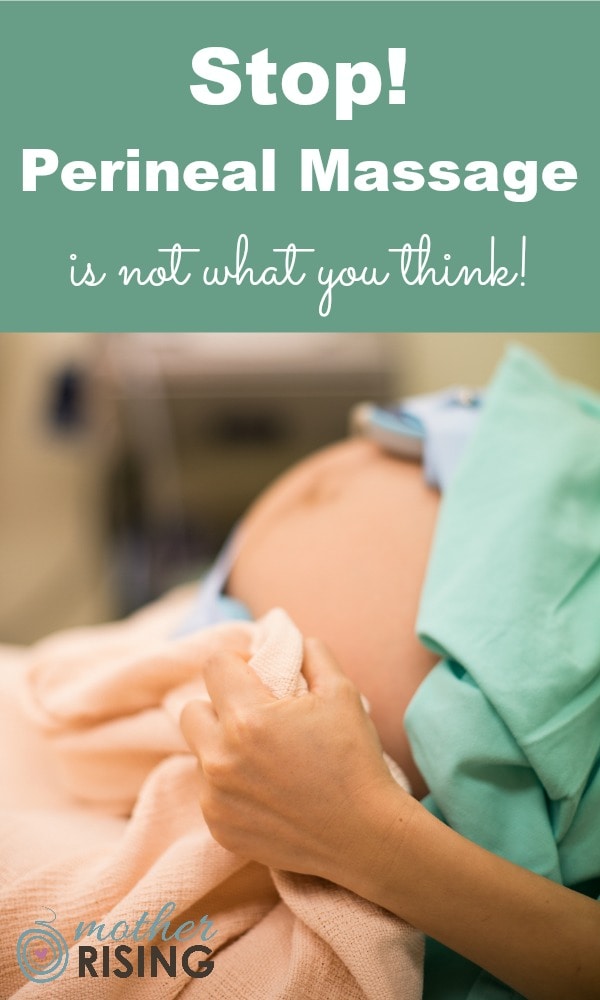
Stop! Perineal Massage Is Not What You Think!
A common fear of new parents is tearing during childbirth. Parents hear horror stories about tearing, and many come here looking for answers.
Understandably so, women want to learn whatever they can to avoid damage during childbirth and a painful postpartum recovery.
Should they rub coconut oil on the perineum during pregnancy? Have their partners pre-stretch their lady bits? Spin around three times while swearing allegiance to the birth fairy?
Whatever it takes, right? 😉

What is the Perineum?
Before we talk about perineal massage, let’s make sure we all know what’s what.
The perineum is the soft, stretchy skin between the vagina and the anus. During pushing, this skin is often the first to tear and what is cut during an episiotomy.
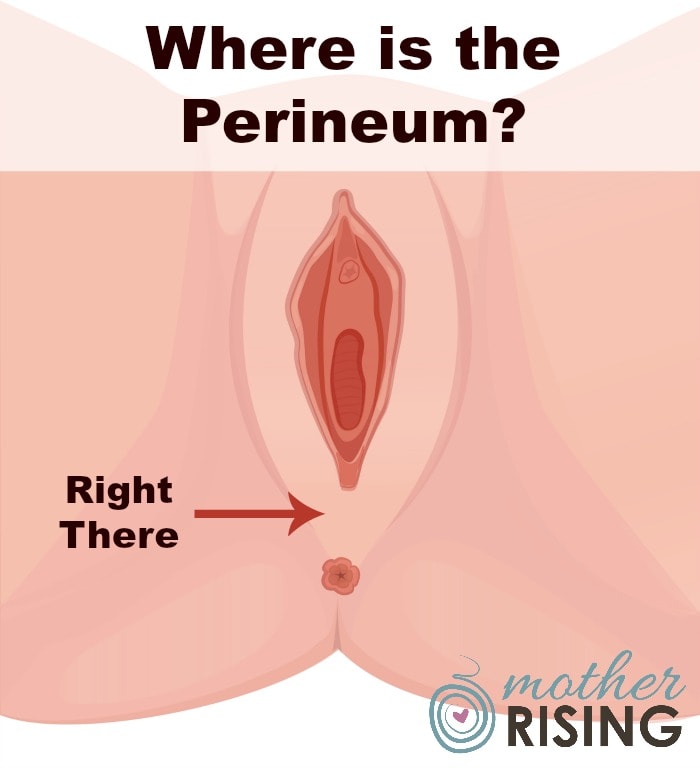
How is Perineal Massage Done?
For women who’ve never had a baby, perineal massage is seen as this mysteriously bizarre activity pregnant women do that somehow reduces tearing at birth. However, it’s not that mysterious or complicated.
Perineal massage can be done by the woman herself, her partner, or care provider.
DIY Perineal Massage
- Wash hands thoroughly with soap and hot water.
- Apply massage oil to the perineum.
- Place two fingers (thumbs may be easiest), one from each hand, in the vagina.
- Gently push fingers downward and then to opposite sides, back and forth, slowly stretching the perineum.
Partner/Care Provider Perineal Massage
- Have your partner thoroughly wash their hands with soap and hot water.
- Apply massage oil to the perineum.
- Ask your partner to insert two fingers (index fingers may be easiest) into the vagina, one from each hand.
- When you’re ready, have your partner push their fingers down and then to opposite sides, slowly stretching the perineum.
- If at any time you feel pain and/or do not want to continue, stop. This is not a test of pain tolerance.
TIP: For a lubricating massage oil, use a non-toxic, gentle, natural oil like unrefined organic coconut oil.
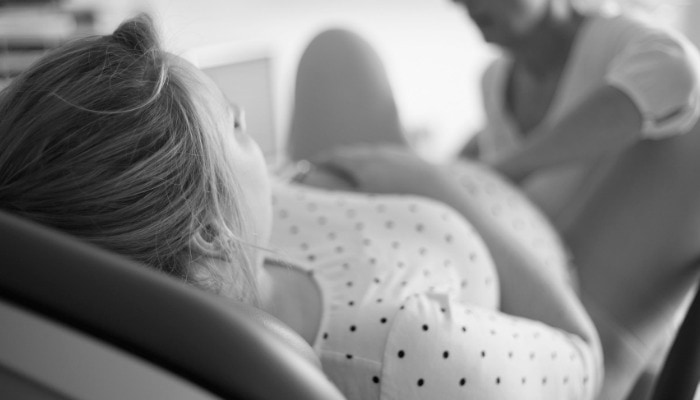
What is Perineal Massage During Pregnancy?
The most common use of perineal massage is during pregnancy. During the last 4-6 weeks of pregnancy many care providers encourage women to massage their perineums at home:
- 2-3 times per week
- 3-5 minutes per session
- alone or with a spouse/partner
Women are told that by doing perineal massage at home they will experience less tearing during childbirth. But does perineal massage applied during the last month of pregnancy actually reduce tearing at birth?
Surprise, surprise, no it does not.

Does Perineal Massage During Pregnancy Work?
Here are some benefits of perineal massage done during pregnancy (SOURCE):
- Reduction in episiotomies for those who’ve not had a previous vaginal delivery
- Decrease in pain at three months postpartum for women who’ve had a previous vaginal delivery
- The less frequently it is done, the greater benefit (Weird, right? Keep reading…)
“Surprisingly the reduction in the incidence of episiotomy and of perineal trauma requiring suturing is not more pronounced in the women who massage the most frequently. It is also an unexpected finding that the subgroup of women who massage the most frequently have the longest second stage. If the reason that perineal massage works is that it increases the flexibility and decreases the resistance of the perineal muscles and soft tissues, then it would be anticipated that the most diligent massager should have the least chance of needing suturing and have a relatively short second stage. As this effect was not seen, there may be other reasons that women who practise perineal massage are less likely to incur perineal trauma (mainly episiotomies) that requires suturing.” (SOURCE)
- One study showed no harm or benefit from perineal massage done during pregnancy. (SOURCE)
- Another showed no benefit to perineal function at three months postpartum. (SOURCE)
- A pilot study showed no tendency for massage to reduce perineal trauma. (SOURCE)
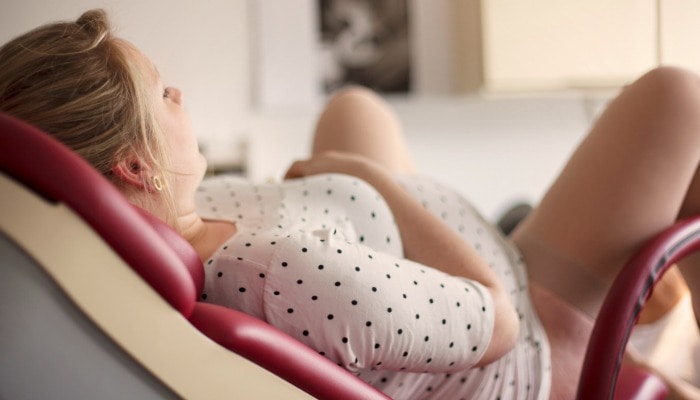
It seems as if the greatest benefit of perineal massage done during pregnancy goes to first time moms in preventing an episiotomy. However, in my opinion, whether or not a woman has an episiotomy has more to do with who her care provider is and how they operate, rather than if she needs one or not.
“Use of episiotomy and care to avoid perineal trauma are closely related to a physician’s beliefs and attitudes.” (SOURCE)
“The researchers guess that the women who were trained in perineal massage were highly motivated to birth with an intact perineum, so maybe they were more likely to refuse an episiotomy. Fewer episiotomies would then mean fewer incidents of trauma requiring stitches.” (SOURCE)
The research seems to say that there is no harm or benefit from perineal massage during pregnancy. The closest thing to a benefit is a reduced risk of episiotomy in first time mothers. However, I think women will have a better chance at reducing their risk of episiotomy by finding a better OB.
In my opinion, perineal massage during pregnancy does not work. But don’t take my word for it, here are some thoughts of nurses and midwives personally known to me.
“The perineal tissue is very unique in that it is delicate, yet very strong and pliable. Great care needs to be taken if one decides to try massage either in labor or during pregnancy. Damage can be done if it is done incorrectly or too aggressively, especially in labor. I have seen many perineums get too stimulated and swell. I have also seen many that were NOT massaged remain intact after birth. Women’s skin stretches differently. African Americans tend to have stretchier skin and not tear as often. Multiparity is also a factor. When it comes to this area of the body, less is more. Don’t over do it. And it’s not a necessity! Just an option.” Brooke V., R.N.
“I personally don’t recommend it. I see women do just fine without it. I’m not convinced that it has any benefit.” Tanashia H., R.N., CPM
What is Perineal Massage During Pushing?
When parents hear the term perineal massage they typically imagine something that’s done during pregnancy. However, many care providers provide perineal massage during the pushing stage of labor to help reduce tearing. I am not a fan.
- While mom is pushing, her care provider will sit at the bottom of the hospital bed or stool, gowned up with gloves on.
- Next, they place their outstretched hand towards the nurse, who will squirt lubricating jelly on their two fingers.
- After that they take their two lubricated fingers and place them in the vagina and push down and to the sides. On a clock, picture 3 o’clock to 6 o’clock, 6 o’clock to 9 o’clock, and then 9 o’clock to 6 o’clock.
- Rinse and repeat.
Watching this looks incredibly uncomfortable, almost painful. And if not painful, then by golly it’s gotta be totally distracting! Sometimes these moms get 30 to 60 minutes of this! The vulva becomes swollen and leaves me feeling frustrated, mad, and sad.
Despite this technique being done to reduce tearing, a doctor once told me that a second degree tear is normal for a first time mom.
And what really makes me frustrated is that nurses do this technique too when baby is crowning (before they call the doctor in). Nurses learn from doctors, assuming it’s an evidence based practice.
This hands on approach to supporting a perineum is one of the biggest pet peeves I have about hospital births.

Does Perineal Massage During Pushing Work?
My feelings and anecdotes aside, however, the research does not support the practice of perineal massage during pushing. It’s one of the mistakes that doesn’t actually prevent tearing.
“Perineal massage in the second stage of labour did not have any effect on the likelihood of an intact perineum, perineal trauma, pain, or subsequent sexual, urinary or faecal outcomes, but was not harmful.” (SOURCE)
And speaking of research, there’s not a ton of research on the use of perineal massage during pushing. I have no idea why care providers use this technique. Their first time moms end up with second degree tears! It doesn’t work.
- For the love of all humanity, make a birth plan that outlines preferred techniques to prevent tearing.
- Prenatally, have a conversation with your care provider and discuss your wishes and desires.
- Find a new care provider if necessary. You are worth it, mama!
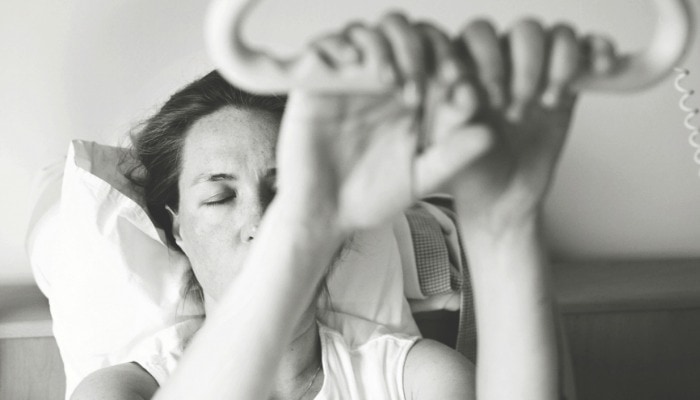
How Can Women Prevent Tearing at Birth?
If perineal massage does not prevent tearing at birth, then what does? Glad you asked.
For more information about how to prevent tearing, visit this popular blog post, and then this follow up preventing post that has even more updated information.
Ladies, your bodies are amazing. They are MADE to stretch, open, and accommodate your beautiful babies. Surround yourself with people that can encourage you in your experience, and don’t operate in fear. You can do this!
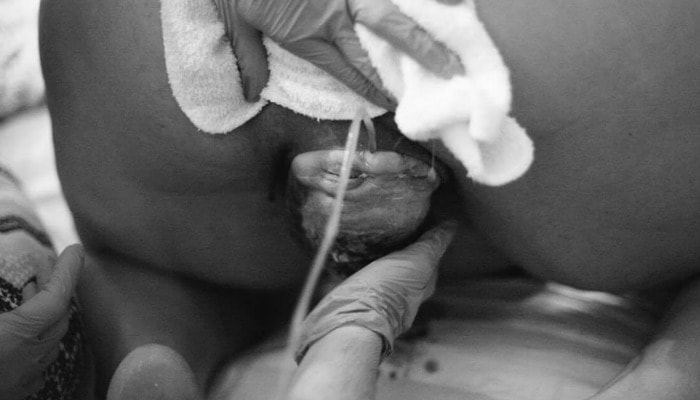
Photo Credit: Kaely Sirois Photography
Stop! Perineal Massage Is Not What You Think!
Did you use perineal massage during pregnancy or birth? What was your experience? Did it work for you?
Leave a comment and share your story. I’d love to hear from you!
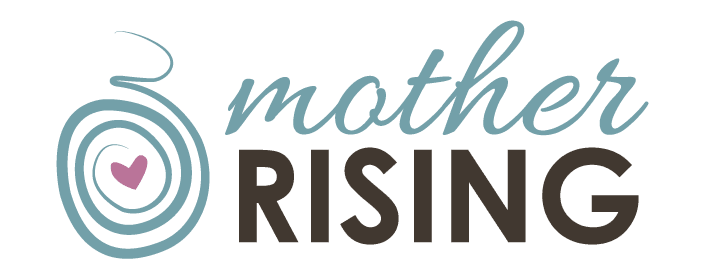

Dara Aldy
Thursday 24th of February 2022
I gave birth at home 7 times from 1990 to 2003. My babies weighed 8lb 12 oz to 10 lbs. I never tore with my deliveries. I was instructed by my first midwife to start perineal massage 4 weeks prior to delivery. We continued to practice perineal massage before each delivery. I’ve always credited my intact perineum to the perineal massage as well as the skill of our wonderful midwives during crowning. An added benefit was the ability to practice relaxation and the release of tension in my body during those sessions. I believe the massage helped me practice and know better how to relax my pelvis, birthing muscles, and all tension in my body while being very uncomfortable in that area. Based on my experience, I’m a believer and as a doula- I encourage my first time moms to consider this practice to prevent tears.
Milly
Sunday 23rd of May 2021
I'm doing perineal massage before birth because my ethnicity (Asian) puts me at higher risk for 3rd to 4th degree tears. I would rather do something to reduce the risk of a major painful and serious tear, than do nothing. My OB won't be doing it during birth and has suggested to me that slowing down the pushing of the baby will help reduce the incident of a tear. I don't think I'll be tear-free, though! LOL no woman in my family is that lucky!
Lindsey VanAlstyne
Tuesday 15th of June 2021
I think that's a great idea! I'd love it if you came back here down the road and shared what you learned in the process. I'm sure you'll learn a lot! :)
Mandy
Monday 1st of July 2019
My first was not in an ideal position (he was facing to the side, not towards my back). He was skinny and long - 8lb 4oz. I had done perineal massage before birth. I eventually got him out without csection or vacuum, but had horrible tears and 9 stitches. The OB that delivered was doing perineal massage during the 5 hours of on and off pushing. I was so sore and miserable after. My second baby I didn’t do any massaging. He was a whooping 9lb 13oz. No perineal massaging was done during labor. He did get his broad shoulders stuck on the way out (shoulder dystopia) so I had 2 small tears from that. But otherwise an all around much better birth. I think chiropractic care leading up to birth helped get and keep him in an ideal birthing position and just letting my body do what it needed.
Lindsey
Monday 1st of July 2019
Thank you for sharing your story! I'm glad you had a better experience the second time around. :)
r
Sunday 26th of May 2019
I think it helped for me. I did perineal massage with almond oil from around 32 weeks. I was worried about tearing too, but I really didn't notice it or the stitches.
anna
Sunday 21st of April 2019
the procedure was done as I started to push and can definitely say it helped prevent any form of tearing considering the way my baby came out.
I've spoken to women from older generations and many have said that this is an old practice midwives used to do during home births to help out the mother and baby.